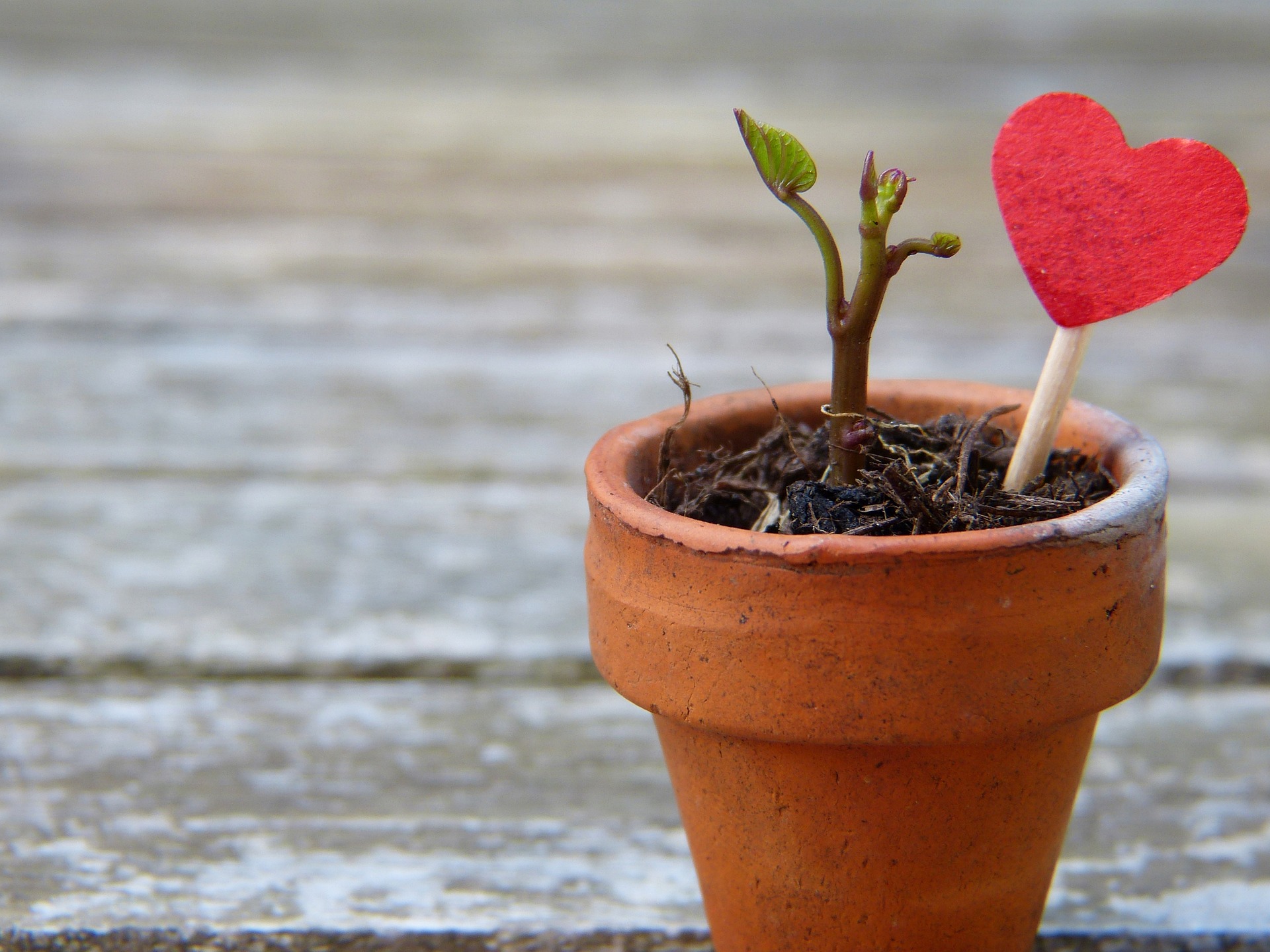Overview
Pain is an essential stimulus to signal the brain when something is not right.
Sensing pain is a universal experience that all of us go through, except for a small subset of patients who suffer from an extremely rare condition known as congenital insensitivity to pain (CIP).
Unfortunately, pain can become a chronic condition, which is devastating to patients.
The medical literature defines chronic pain as any type of painful sensation that lasts for more than 12 weeks.
In this article, we will discuss the major causes of chronic pain, as well as some helpful tips to cope with it and live your life to the fullest.
What causes chronic pain?
Chronic pain affects several organ systems and has diverse clinical manifestations, depending on the affected body part and the underlying condition that’s triggering it.
Here are the most common types of chronic pain:
- Headache
- Post-operative pain
- Post-trauma pain
- Malignancy pain
- Lower back pain
- Articular pain
- Neurogenic pain (nerve damage)
- Psychogenic pain (pain without organic origin)
As you can deduce from the types of chronic pain, it has several causes that require different therapeutic approaches.
For instance, migraines are a common cause of headaches that do not respond to conventional painkillers.
Another cause of pain is rheumatoid arthritis that affects women more than men and leads to active inflammation in different joints. As a result, patients suffer from severe pain and a reduction in the articular range of motion, which negatively impacts patients’ lifestyles.
How to live with chronic pain
Dealing with chronic pain can be daunting, especially if it starts at a younger age, or when it originates in an accident or circumstances out of our control.
In this section, we will talk about some helpful tips to learn how to cope with chronic pain, so you can return to having a fulfilling life.
Reduce your stress
Chronic stress leads to the elevation of the infamous stress hormone, cortisol.
Many studies have linked high serum levels of cortisol with chronic pain, including a 2013 paper that measured the concentrations of cortisol in 16 participants who deal with chronic pain.
The study found that these individuals had substantially higher levels of cortisol compared to the control group.
Practice mindfulness
Experts believe that negative thoughts exacerbate chronic pain, hence the need for mindfulness exercises, such as meditation and yoga to refocus your energy on the positive aspects of life.
In a 2017 meta-analysis, researchers reviewed a large number of medical papers to identify the effects of mindfulness on pain, depression, and quality of life.
They found that “While mindfulness meditation improves pain and depression symptoms and quality of life, additional well-designed, rigorous, and large-scale RCTs are needed to decisively provide estimates of the efficacy of mindfulness meditation for chronic pain.”
While this statement might seem inconclusive, many patients who deal with chronic pain report improved symptoms shortly after starting meditation or yoga.
Join a support group
Support groups provide several benefits to patients dealing with numerous conditions. If you’re not familiar with the concept of support group therapy, it is when a group of people who share the same problem (e.g. chronic pain, psychiatric disorders) gather to talk about it and exchange their thoughts.
The fantastic thing about support groups is that you can listen to other people and learn from their experiences.
Additionally, some people might give you tips to taper down your fears of chronic pain and avoid triggers.
Exercise more
While you shouldn’t perform intense workouts during your recovery phase, it is important to gradually incorporate exercise into your routine.
You see, regular physical activity stimulates the release of endorphins, which are central nervous system hormones that relieve pain and reduce stress.
The principle of unlearning chronic pain
In neuroscience, the concept of “learning pain” has been established through various experiments and clinical studies.
This process is mediated by the formation of new neuronal synapses that condition the pain with the memory/context of the event that caused the injury in the first place.
In other words, the original pain felt shortly after the injury was organic in nature; however, the chronic pain is the result of new neuronal connections that link the areas of the brain responsible for pain to the fear and anxiety that come with its memory.
Fortunately, researchers found a way to unlearn pain.
In a 2014 study, experts conducted an 11-week course of Cognitive Behavioral Therapy (CBT) to help patients “unlearn” this damaging habit.
At the end of the experiment, patients reported less pain, and the fMRI showed normal images similar to those seen in healthy individuals.
Takeaway message
Chronic pain is a hassle to deal with for both patients and their physicians; however, it is not all doom and gloom.
If you apply the tips cited in this article, your pain will slowly subside until it becomes supportable, but you may also need professional help in this process. Don’t delay or hesitate to get the help you need.
If you still have any questions about the management of chronic pain, feel free to contact me.


 Tip: Check out the wellness tracker. It’s a simple but powerful tool designed to help you remember the promises you make to yourself. As you complete wellness activities your tree will blossom, and so will you!
Tip: Check out the wellness tracker. It’s a simple but powerful tool designed to help you remember the promises you make to yourself. As you complete wellness activities your tree will blossom, and so will you!